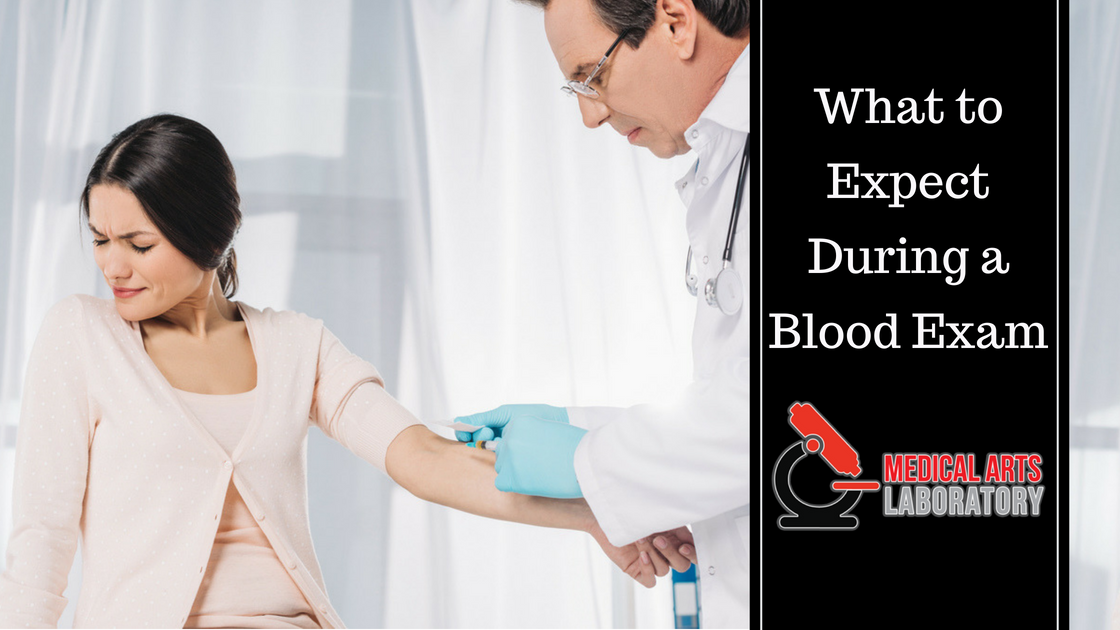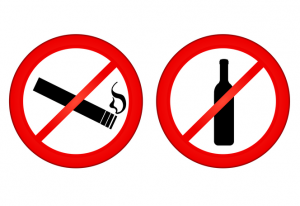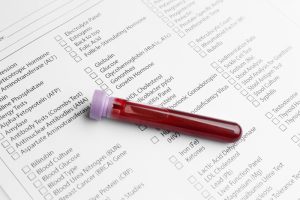
26 Jul What to Expect During a Blood Exam
Having your blood drawn for a diagnostic or screening exam isn’t anyone’s favorite way to spend part of the day. If this will be your first time, you may feel anxious about what to expect. Medical procedures involving needles are a well-known fear to many, for some, an actual phobia, called trypanophobia. However, the procedure itself is painless when performed by a skilled phlebotomist (healthcare professionals specially trained to draw blood). As is often the case, the dread felt leading up to the procedure is far worse that the procedure itself.
A common problem with the fear of needles is that there are many times when a blood draw will be necessary. Blood draws are an effective way to regularly check your overall health and prevent or diagnose potential complications. It can also determine if you are a candidate for surgery.
Prepping for the Test
To help the test go smoother mentally and physically, learn the steps of a blood draw. If you take the time to understand why and how a procedure takes place, you won’t be caught off-guard. A blood draw, also called venipuncture, is a simple procedure usually performed by a nurse or phlebotomist. The site where they will attempt to draw your blood ‒ at the inside of the elbow or wrist ‒ will first be cleaned. Then, a tourniquet will be applied around your upper arm to maximize blood in the targeted vein. Finally, a needle will be gently pushed into your vein to collect a blood sample. If you know your veins are hard to find, make sure you stay hydrated ‒ it makes the veins easier to locate, which means less sticking for you.
 You should also know that some tests may require fasting for a correct diagnosis. Although uncomfortable, this is crucial in testing for diabetes, anaemia, high cholesterol and liver disease. When you eat food or drink alcohol, the food and liquid gets broken down in your stomach and absorbed into the bloodstream, affecting the levels of certain substances in the blood.
You should also know that some tests may require fasting for a correct diagnosis. Although uncomfortable, this is crucial in testing for diabetes, anaemia, high cholesterol and liver disease. When you eat food or drink alcohol, the food and liquid gets broken down in your stomach and absorbed into the bloodstream, affecting the levels of certain substances in the blood.
Often overlooked, fasting also includes forgoing alcohol, coffee and even chewing gum. Smoking is also typically forbidden, but because it leads to catastrophic diseases, we advise you to get the necessary treatment to quit for good, rather than just a 12-hour period. You should also avoid exercising, as it can speed up digestion. If fasting is required, continue taking prescribed medications, unless told otherwise by your doctor. If you are pregnant, fasting is safe, however you can contact your physician for personalized advice.
During the Test
Despite our determination, mental preparation can go out the window when we come face-to-face with our fears. Instead of giving in to anxiety, try these tips for blood test anxiety or difficult blood draws:
- Breathe ‒ Apprehensive of the needle being inserted, many people hold their breath. While understandable, in doing so you are increasing your chance of fainting. Breathing at a normal rate will help you stay calm so that you can communicate with the person performing the draw.
- Talk to the nurse ‒ While the nurse or phlebotomist is primarily focused on drawing your blood, they should be equally attentive to you. Communicating with them will not only help them determine how to assist you in getting through the process, but allow you to concentrate on the conversation, instead of the needle.
- Don’t look ‒ For some, just the sight of blood or a needle can be too much. Look away during the procedure. Watch TV if it’s available in the draw room, or bring earphones and listen to music to distract you.
- Request a different nurse ‒ Never be afraid to ask for a different nurse after two or more unsuccessful blood draw attempts. New people need to be trained, but not at your expense. It is within your rights to ask for someone with more experience.
- Ask for a smaller needle ‒ Depending on the equipment available to your doctor, you can request a smaller needle. ‘Butterfly’ needles are often used for smaller veins, and tend to be a little more comfortable when inserted.
- Sit still ‒ Staying still while someone is trying to put a needle in you seems obvious, but humans do a lot of things to make themselves more comfortable in a tense situation. Although it may take a good amount of self-restraint, staying still will reduce the amount of times you have to be poked to achieve a successful draw.
- Numbing medication ‒ If it is available, and you find blood draws painful, you can ask for a numbing agent. A medication will be rubbed directly onto the draw site, and will quickly wear off afterward.
After the Test
 Upon completing the draw, revel in the feeling of your anxiety washing away. All that is left to do is wait. While some blood test results can come back the same day, others can take from several days to weeks. Be patient, and trust that your doctor will deliver you the results upon their arrival. If your test results are urgent for a sudden healthcare decision, your doctor may inform the lab that they are emergent, or STAT, for a faster response. If you do feel a standard test has taken longer than what was estimated, you can always call your doctor to request an update.
Upon completing the draw, revel in the feeling of your anxiety washing away. All that is left to do is wait. While some blood test results can come back the same day, others can take from several days to weeks. Be patient, and trust that your doctor will deliver you the results upon their arrival. If your test results are urgent for a sudden healthcare decision, your doctor may inform the lab that they are emergent, or STAT, for a faster response. If you do feel a standard test has taken longer than what was estimated, you can always call your doctor to request an update.
Ready to face your fears head on? Choose Medical Arts Laboratory. As a full service independent clinical reference lab, we offer an extensive test menu at competitive prices, and are CLIA, AHCA, and AAB certified . If you want a trusted hematologist with over 20 years of experience serving the local community, contact us or walk in today.




Pingback:The Need of Blood Tests for Visas and Immigration | Medical Arts Laboratory - Florida Blood Lab | Blood Draw & Test
Posted at 20:51h, 21 May[…] test menu. If you are worried about having a blood test performed, view our blog post, which covers what to expect. Contact us to learn […]